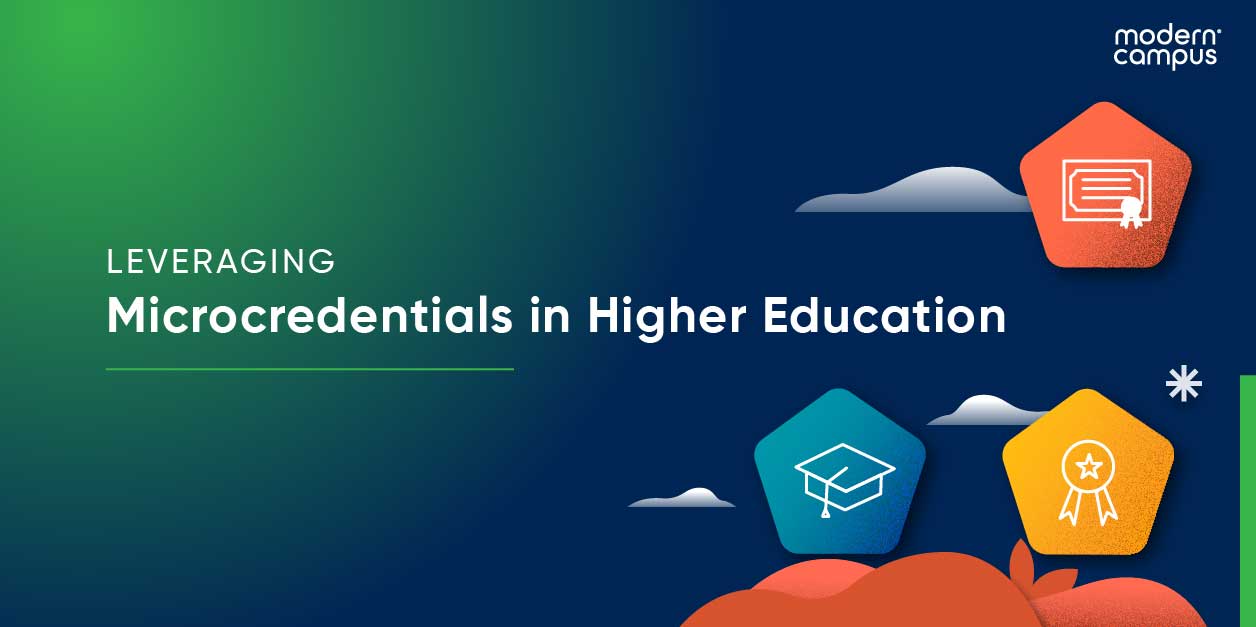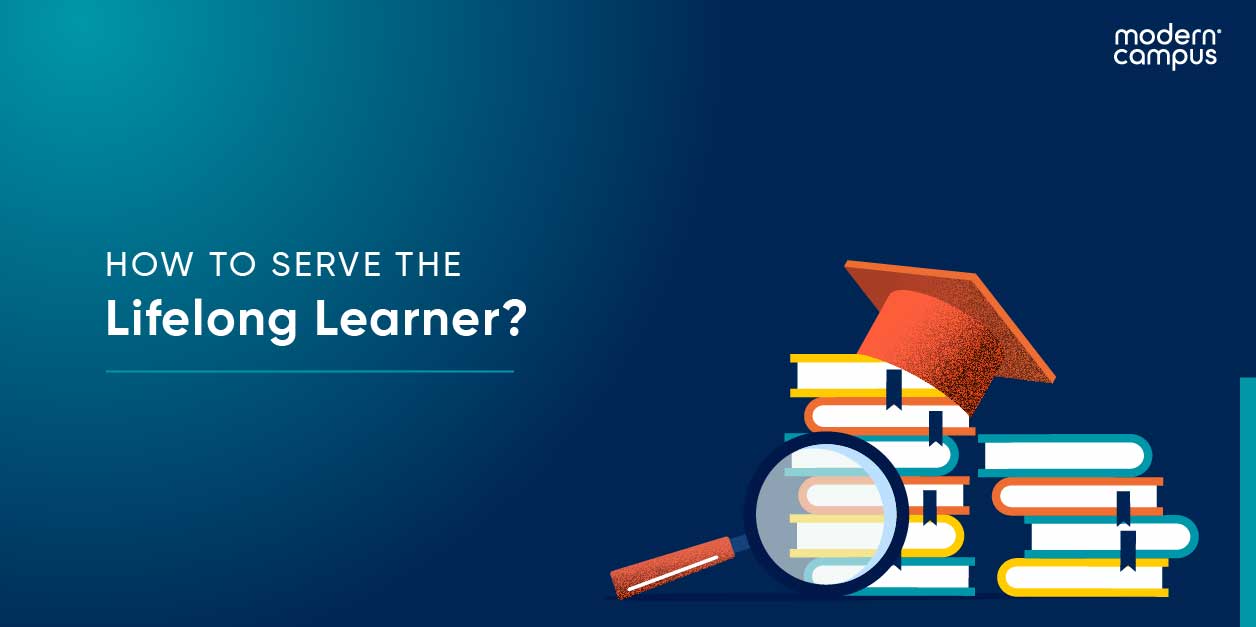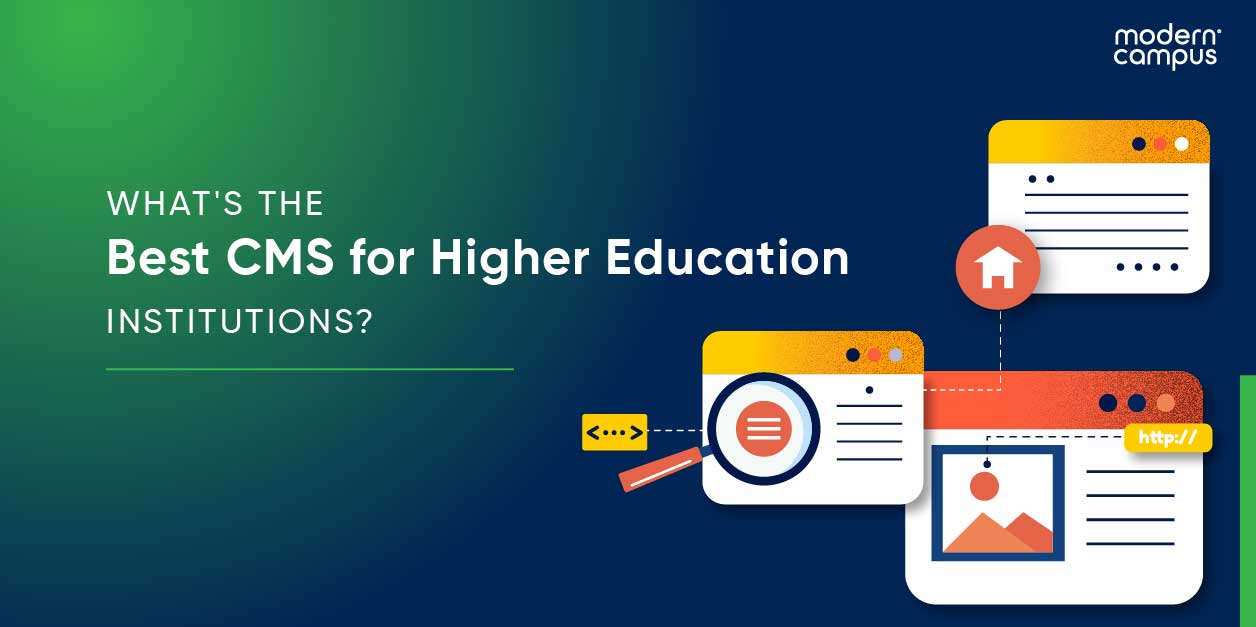How Clarifying Career Pathways Drives Student Success
Poorly navigating a school’s offerings, or not having a handle on one’s career preferences can lead to subpar—even catastrophic—results. Having a lackluster understanding of the career paths available to a learner diminishes the value of higher education in the learner’s eyes.
It’s a necessity that institutions head this problem off at the pass with career pathways that clear the road for student success.
An Outdated Student Management System Hurts Learners
fThe modern student needs to see their risk-to-reward ratio up front, since enrolling in a new course or program can command large investments of time and money—either of which many be scarce.
Many students don’t seem to know what they’re getting themselves into. A recent survey by Strada shows that fewer than a third of American adults understand the career pathways available to them, or the skills they may gain from degree-bearing programs. Aside from putting a learner’s career satisfaction at risk, this often leads to low learner retention and engagement, decreased enrollments and can lessen the perceived value of higher education.
COVID-19 can easily be blamed for many of higher education’s recent woes, but on a structural level, the pandemic has only sharpened the thorn in its side: Outdated, one-size-fits-all student experiences that fail to engage, enroll and retain learners at the outset. Students need clear pathways to success that includes labor market data as a focal point. When matriculated students don’t see clarity in their outcomes, they risk low retention and drop-off. When prospects can’t see their future in your offerings, they head back to the search bar.
Here’s why your student management system needs to prioritize guided pathways software that uses real market information as the backbone for student support.
Put Career Pathways Where Learners Can See Them
The modern learner is looking for clear labor market outcomes from their education programs. In fact, the majority of students enroll in college or university to achieve career outcomes. Unfortunately, this isn’t reflected in their results. Only 35% of university students and 47% of community college students say their institutions are doing a good job connecting their education to workforce success. And upon graduation, 2/5 bachelor’s degree holders are underemployed.
A modern campus can sidestep this issue by making the learner’s ROI and career trajectory clear from the get-go. To do this, labor market data needs to be front and center from the moment a learner first engages with your institution—information best served through higher education software.
Whether your learner wants a higher salary, a promotion or a new skill, a robust higher education website shows them the road ahead. They should see what courses and programs they need to take, and have a strong sense of where their career path will take them in the years to come—professionally and financially.
Salary expectations also need to accommodate each available avenue, so that learners have an urgent sense of their ROI when enrolling. This data should be included on program and certificate landing pages to streamline a learner’s search.
Career Pathways Software Boosts Learner Retention and Enrollment
Many institutions have been wary of thinking of students as consumers, and are therefore failing to implement processes that keep them coming back. For most colleges and universities, processes are designed around a one-time-purchase model that doesn’t fit with what we’ve learned about modern consumers. Today, whether you’re a student or an online shopper, consumers want relationships that continue to provide value over the long term.
Sharing career pathways data shows students how their education engagement will support their short-term goals. Not only does this data inform their decision-making at the time of registration, but it drives them to persist through their programs. Whether it’s credit-bearing or non-degree, it provides them the guidance they need to connect their learning with a job on the other end.
Lifelong Customer Relationships Boost Engagement and Revenue
Online retailers like Amazon and Grubhub prioritize transaction models that position customers to keep coming back after the first purchase. Every step of the transaction is centered around the consumer understanding and getting exactly what they want. And as a result, these retailers enjoy high customer satisfaction and retention.
When a student understands and follows through on a data-driven career pathway, they attribute much of that success to the institution that showed them the way. They enter the modern learner lifecycle with their achievements and institution in tow: Returning to the institution every time they need a new skill or credential that your school can provide.
Bridge the Learner Engagement Gap with Clear Pathways
Clear pathways software enables a more personalized learner experience, which can lead to greater learner outcomes. This translates to greater engagement with their institution, which can also drive revenue.
There are certainly a countless number of elements in guided pathways that fit within non-credit and workforce training, specifically adult basic skills.
Ann Buchele, Vice President of Academic Affairs and Workforce Edcation at Linn-Benton
Community College, said the principles of guided pathways (popular in the degree-granting
higher education sector) map cleanly onto non-degree education as well.
“There are certainly a countless number of elements in guided pathways that fit within non-credit and workforce training, specifically adult basic skills,” Buchele said.
With guided pathways, units can generate positive learner outcomes while positioning the institution for greater revenue and enrollments.
Modern Campus Pathways
Learn how Modern Campus Career Pathways can deliver transformative results for your students and your division.
Pathways Student Lifecycle Management
Last updated: March 2, 2021



